How to Write Effective Customer Service Emails Everyone Will Love

In today's fast-paced digital environment, excellent client service emails are no longer about getting the work done. 52% of customers expect solutions tailored specifically to their needs. As you can assume, the emails should exceed expectations, demonstrate empathy, and make clients feel special. Yes, even customer service emails.
An excellent email experience attracts new clients and retains those you worked hard to acquire. By the way, acquiring new customers costs 5 to 10 times more than selling to a current customer. That’s why every effort invested in excellent customer service, including support emails, pays off.
Long story short: mastering the art of writing perfect customer service emails is wonderful for both businesses and clients!
So, without further ado, let's talk about crucial tips to turn your customer support emails into a strong customer retention tool. We’ve tried to make this article as practical as possible, so you’ll see handy the best customer service email examples you can take and easily customize for your business needs!
Enjoy! :)
What Is a Strong Customer Service Email?
Before we discuss the tips, let’s review the essential components of a strong customer service email to make sure we are on the same page.

So, a strong customer service email is an email that applies a personalized approach (that goes beyond Hi [Customer Name]); acknowledges the customer’s issue explicitly; provides a comprehensive solution to a problem; includes A-Z next steps the customer needs to take; adds contact information of a support agent to be contacted directly. It’s based on polite language and empathy, always putting customer first (even when the issue is obviously not your fault).
Only with all these components, you can turn you “dry” customer service email into a hot message that not only helps customers to solve issues but also contributes to customer loyalty.
Follow These Steps to Make a Good Customer Service Email Great
Customer service emails are not just about helping clients to solve a problem—they are about building meaningful, long-term relationships. So, don't feel overwhelmed if you can't implement all the steps at once. Honestly, even incorporating a few of these tips will greatly improve your email game, establishing better ties with your recipients.
Tip #1: Always Personalize the Email Greeting and Beyond
How do you start a professional email customer service email? It may appear obvious, yet it works - to make your email more personal and authentic, start it with your name. Addressing the consumer by name demonstrates that you value and appreciate their unique relationship with your organization.
Personalization, though, goes beyond that. 76% of customers state they're more likely to purchase from brands that personalize on deeper levels. Include a statement after the greeting that expresses the customer's desire or concern, with precise facts when available.
This helps to establish the context of the conversation and demonstrates to the consumer that you took the time to understand their needs and that the email is personalized to meet their concern rather than being an automated or generalized response.
Here’s a great example of how to start:

Tip #2: Use Empathy to Validate Customer’s Feelings
Empathy is an excellent approach to connecting with customers and keeping them engaged in your brand. In one study, 37% of respondents indicated that having businesses remember or understand them was an important factor in whether to stay with a brand or not.
Here are some examples of how to show empathy in customer service emails:
- Acknowledge their feelings: Begin by acknowledging whatever emotions the consumer may be feeling as a result of the circumstance. This level of comprehension can make the customer feel heard and respected.

- Apologize for the inconvenience: Even if the problem isn't your fault, apologizing for the customer's poor experience can demonstrate empathy and develop connection.

- Offer personal experiences: If appropriate, provide personal experiences that demonstrate you understand what the customer is going through. Keep the focus, however, on the customer's problem. Use this variant very carefully!

- Validate their worries: Even if an issue appears to be insignificant, it matters to the individual who raised it. Assure them that their concern is significant.

- Display active listening skills: Mention particular specifics from their original email to demonstrate that you have read and comprehended their issues.

- Express gratitude: Thank the consumer for their understanding, patience, or for bringing the problem to your attention.

Remember that the ultimate goal of all these empathy strategies is to make the customer feel understood, respected, and reassured that their problem is being addressed.
Tip #3: Turn a Negative Tone into Positive
Remember, even if you have to speak about an issue or problem, your goal is to leave the customer feeling pleasant and cared for. It is not just about fixing the situation. It is also about the manner in which you communicate and the positive impression you leave.
Use positive statements instead of negative ones. Instead of stating, "Don't hesitate to contact us," say, "Feel free to contact us at any time." Instead of stressing the problem, concentrate on giving viable solutions. Instead of responding, "Unfortunately, we can't process your request right now..." consider saying, "Our team is working hard on your request, and we'll get back to you as soon as possible..."
❗Refrain from using negative absolutes such as "This can't be done…" or "I can't help you with…". Replace them with positive statements of possibility, like, "While we can't provide that specific solution, here's what we can do for you…"
Tip #4: Offer Clear Solutions & Next Steps
Providing a straightforward solution and outlining the next steps in a customer service email can enhance the user experience, demonstrate your true concern for their issue, and ultimately help build a long-lasting positive rapport.
Here's how to do it to make it user-friendly:
- Break down the solution: Present the solution in a logical, step-by-step manner. Breaking it down into smaller steps makes it easier for the customer to understand and avoids the possibility of further confusion

- Provide alternatives: Provide the customer with as many options as you can for solving their problem. This empowers them and lets them select the method that best suits their needs.

- Clarify the next steps from your side (if required): Share with the consumer what you're doing to fix the problem and what they can do to help. This can help them feel more at ease knowing that their problem is being addressed.

- Offer further assistance: Invite the customer to reach out if they need additional help or face any issues while following your instructions. Important❗Instruct customers on how to reach you for further assistance
Extra tip: Include relevant resources. Attach any necessary resources (e.g., guides, video tutorials, or links) that will help the customer understand and implement the solution.
You may create a positive customer experience and actively help the client address their issue if you provide them with clear answers and detailed next steps.
Use Conversational and Readable Language
In customer service communication, it's essential to use language that's easily understandable and conversational. This helps in building rapport with the customer and ensuring your messages are clear and effective.
Try to limit the use of industry jargon or technical terms. If it's necessary to use such terms, ensure to provide a simple explanation.
Long, complex sentences can often confuse customers. Instead, use short, concise sentences that directly address the concern or provide the required information.
Use words and tones that mimic a one-on-one conversation. This can involve asking questions, using colloquial language (where appropriate), and personalizing your responses.
Make sure your language is warm and inviting. A friendly tone can go a long way in forming a positive connection with the customers.
6. Close the Email Professionally and on a warm Note
By ending the email on a warm, positive, and professional note, you not only ensure a favorable closing to the current conversation but also pave the way for positive interactions in the future.
- Summarize the conversation: Briefly summarize the key points discussed in the email. This ensures both you and the customer are on the same page regarding the issue and the proposed solution.

- Offer further assistance: Make sure the customer knows they can get back in touch if anything else comes up or if they need further clarification. This shows your ongoing commitment to helping them.

- Express gratitude: Thank the customer for bringing their issue to your attention or for their patience during the resolution process. This helps to end on a positive note and shows that you value their time and input.

- Include a warm closing: Before signing off, include a warm, friendly closing. This will leave a long-lasting impression.
- Provide a direct point of contact: If appropriate, provide a direct phone number or extension, so the customer can easily reach you if they need further assistance. Close your customer service emails with your name or the name of the customer service representative handling the case. This helps further personalize the interaction.
Here's an example of a professional email closure:

By ending the email on a warm, positive, and professional note, you not only ensure a favorable closing to the current conversation but also pave the way for positive interactions in the future.
The best customer service email examples
Now, after you know the tips, let’s review the best customer service email examples
and spot all those things discussed above.


You may also wonder about automated customer service emails and whether they are a better and optimized solution.
Bottom Line: Don’t Forget About Omnichannel Customer Service
We can’t state that customer support email is always the best way to communicate with customers. The "best" way to interact with clients depends on the target audience and the context. SuperOffice found that 64% of customers find email customer service easy and efficient. Zendesk also recommends phone conversation, particularly for difficult situations, since it allows an immediate, human connection to address problems quickly.
But what definitely works is high-quality customer support across all channels. If it feels challenging for you to manage omnichannel customer support, at EverHelp, we specialize in providing comprehensive customer service outsourcing solutions tailored to your unique needs. We’ll be happy to assist you with top-notch customer support service.










.png)
.webp)
_%20Strategies%2C%20Tools%20%26%20A%20Client%20Success%20Story%20(1).png)

.png)

.png)

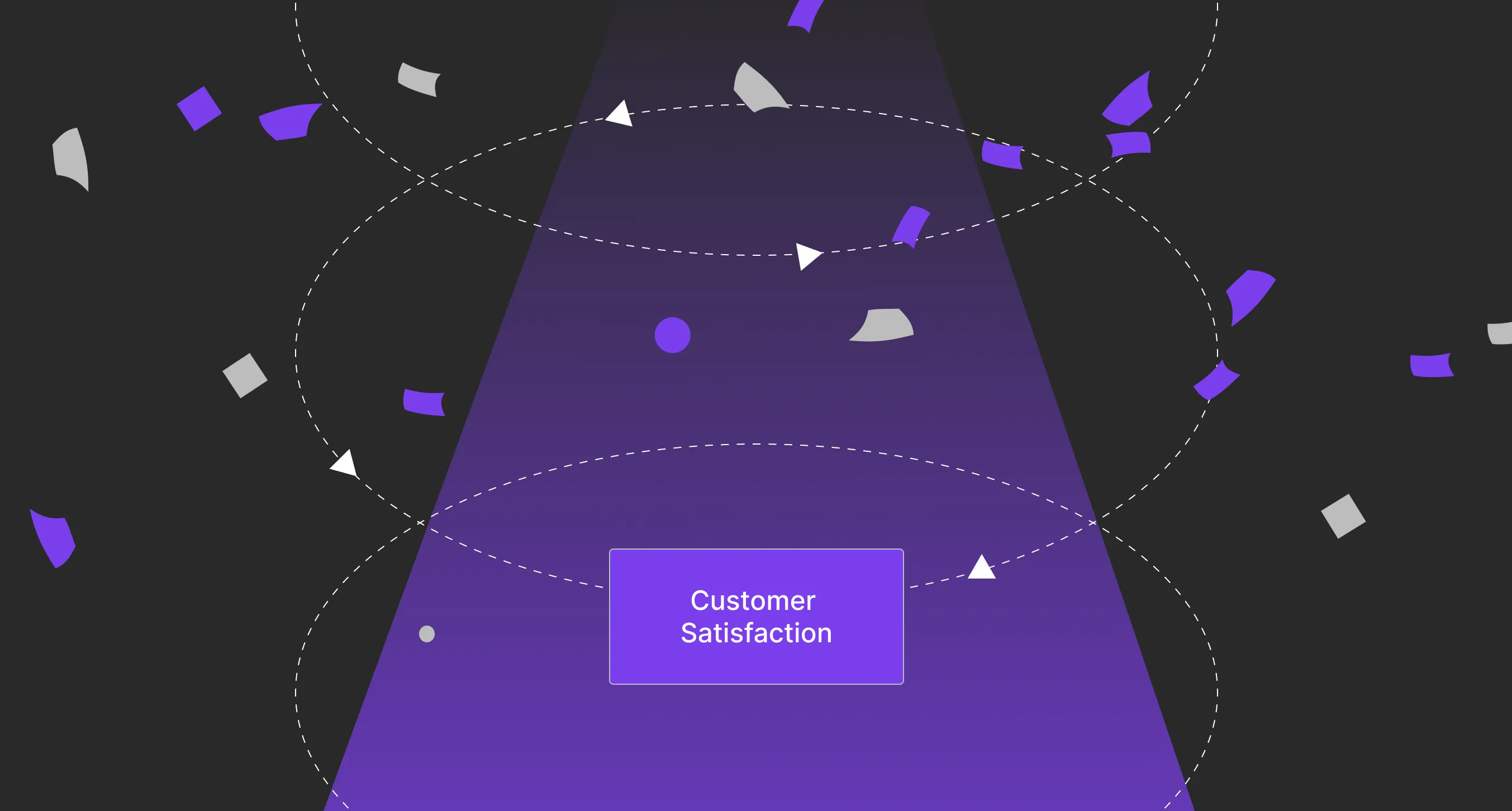

.webp)

.webp)
.webp)
-min%20(1).webp)




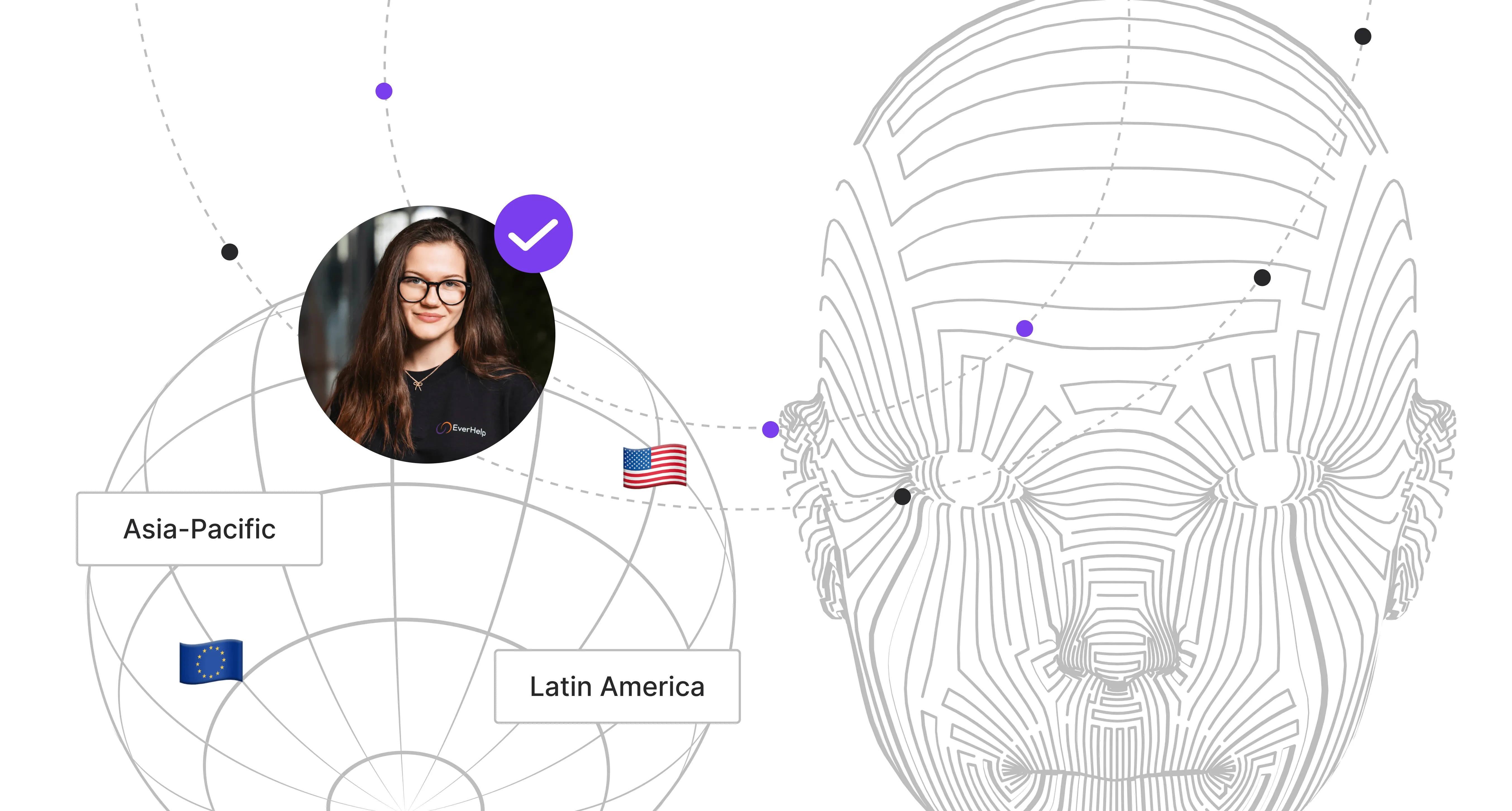
.webp)
.webp)
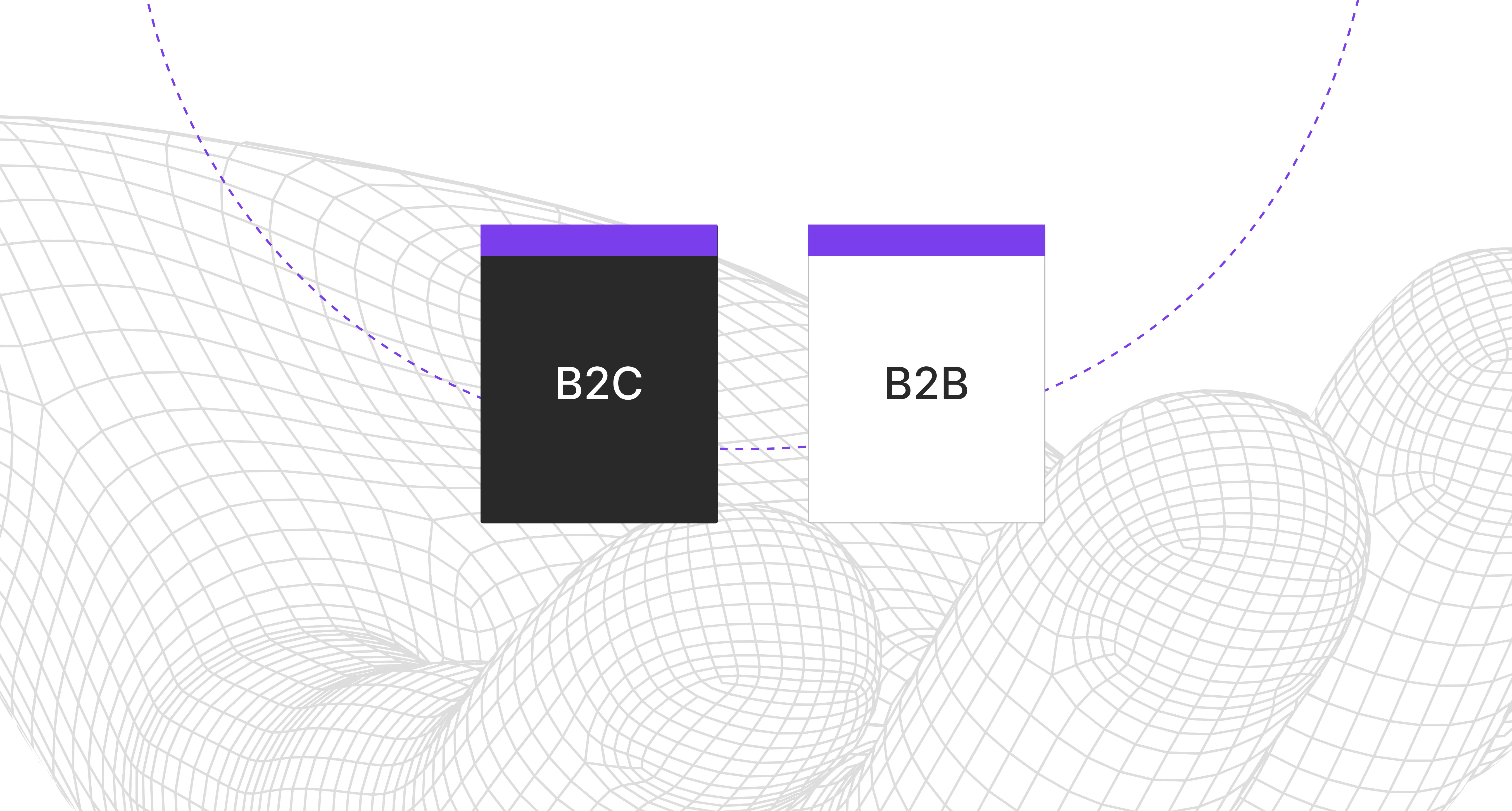

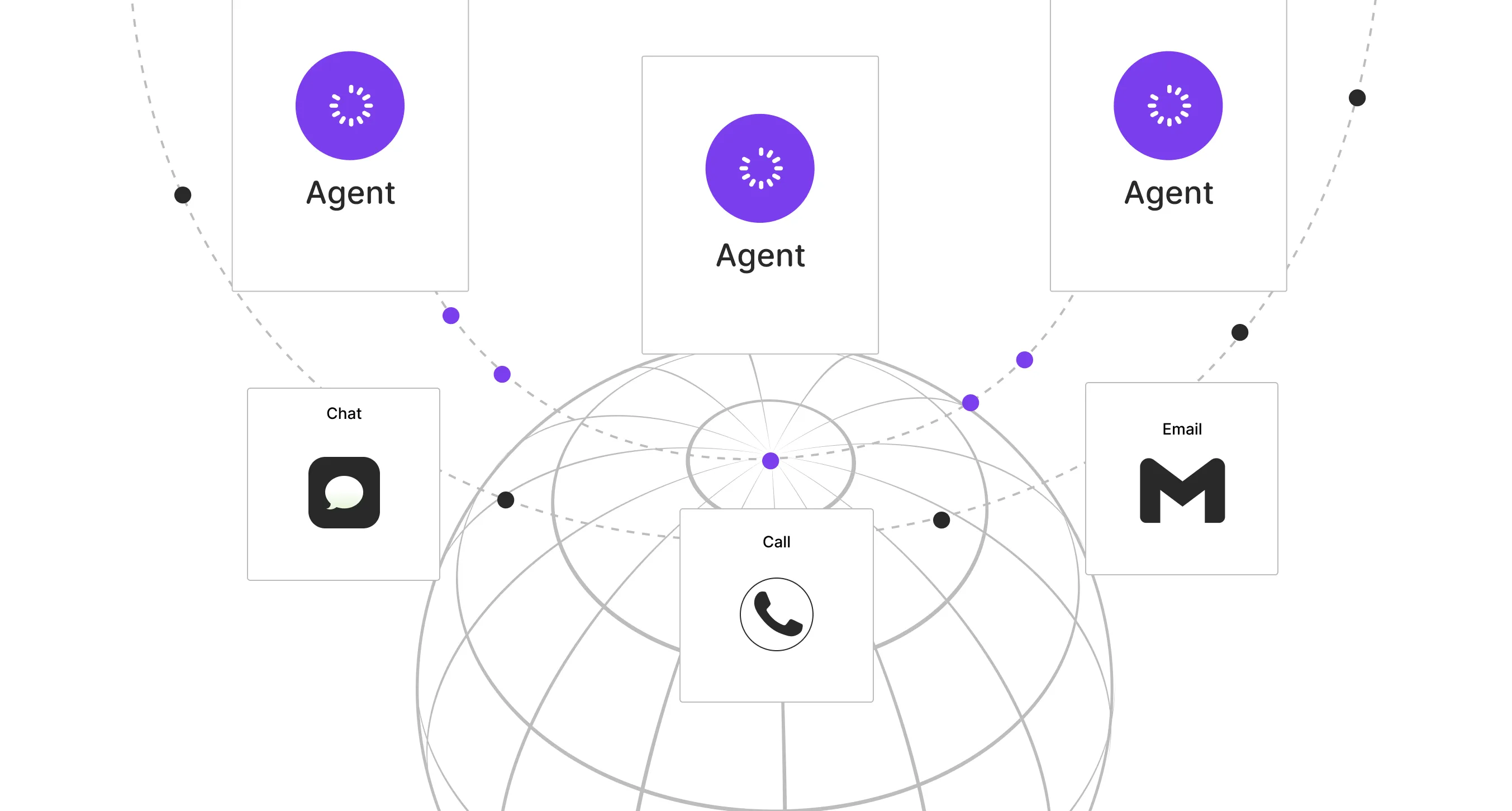
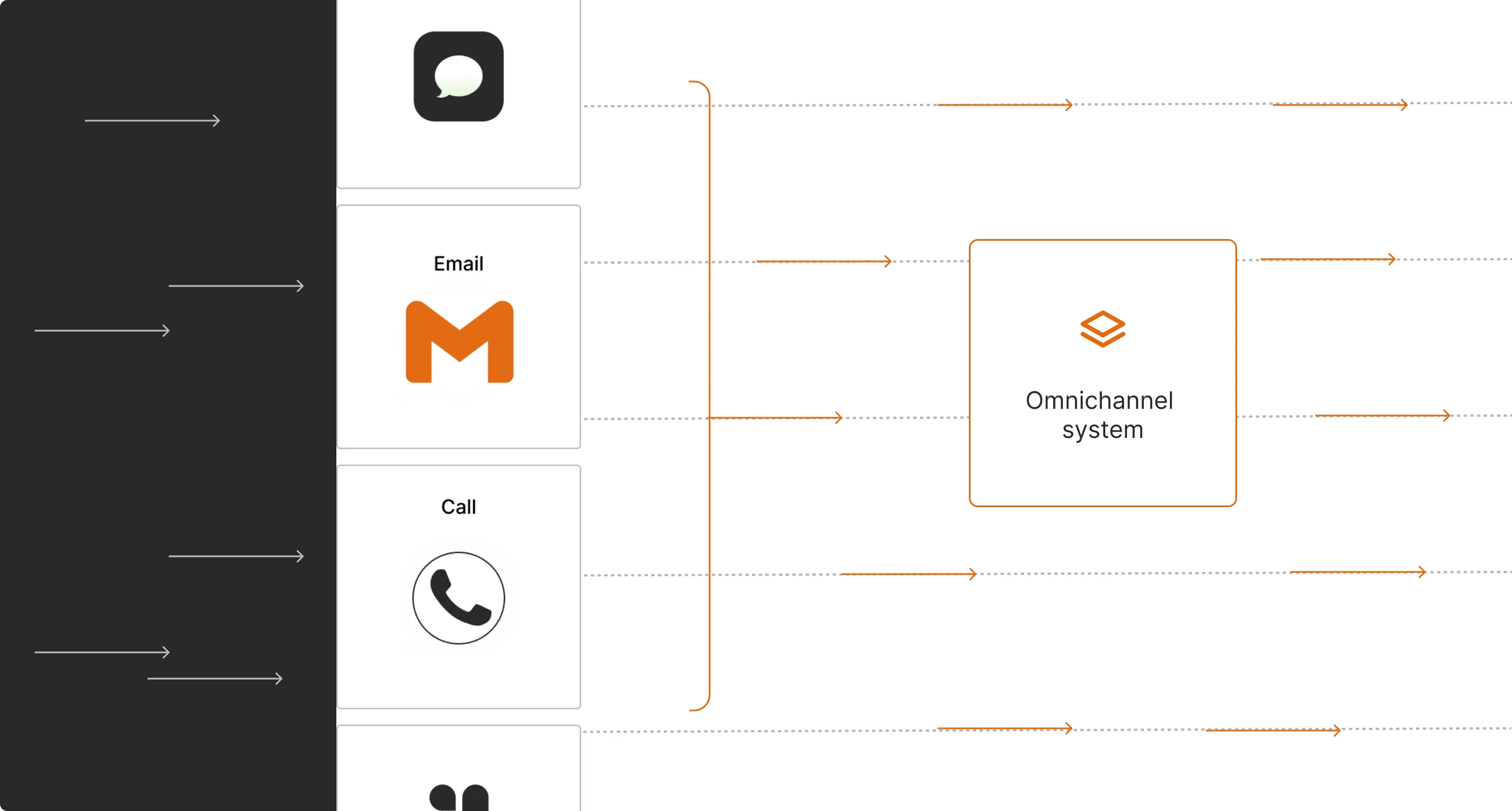

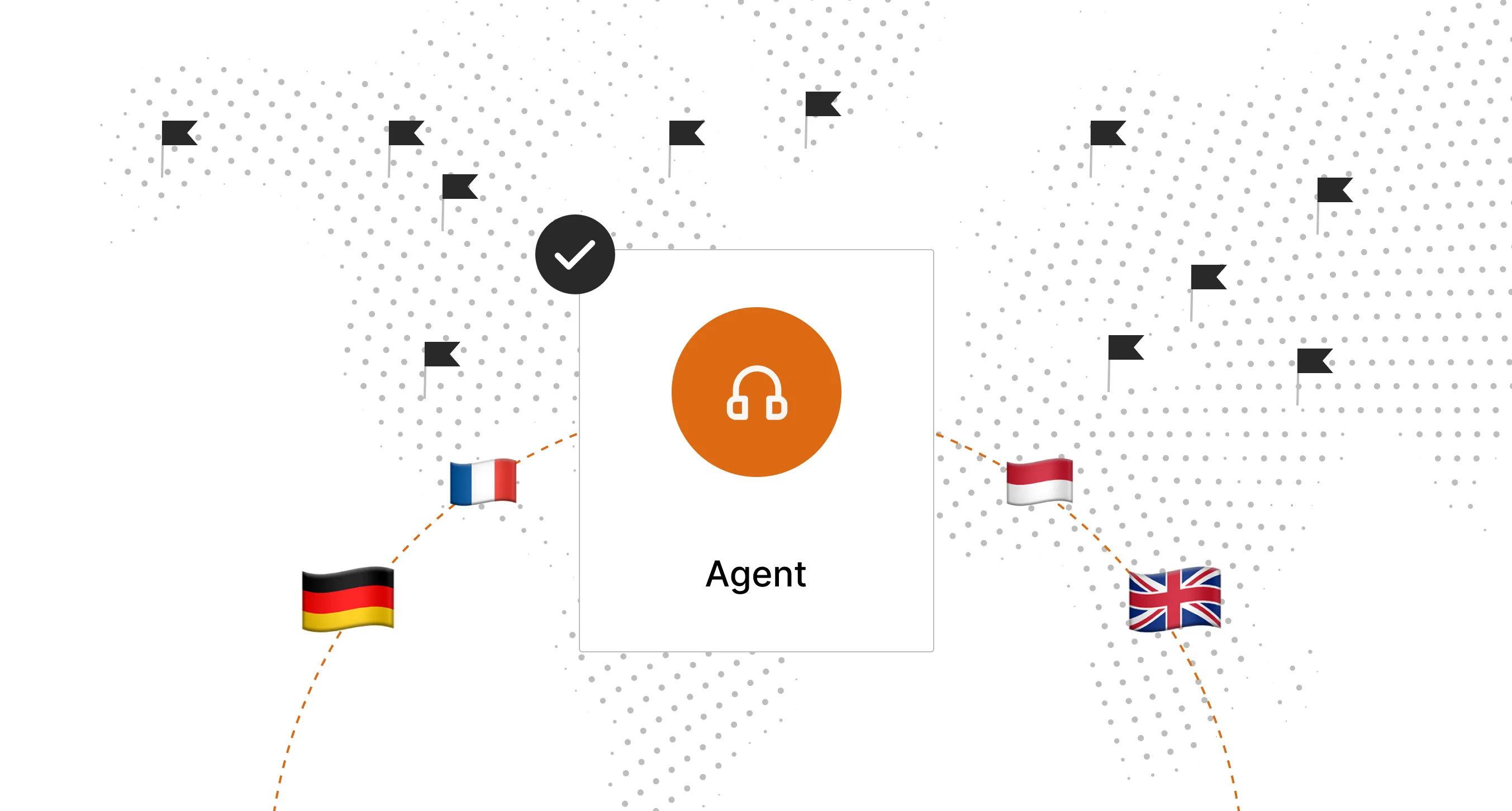




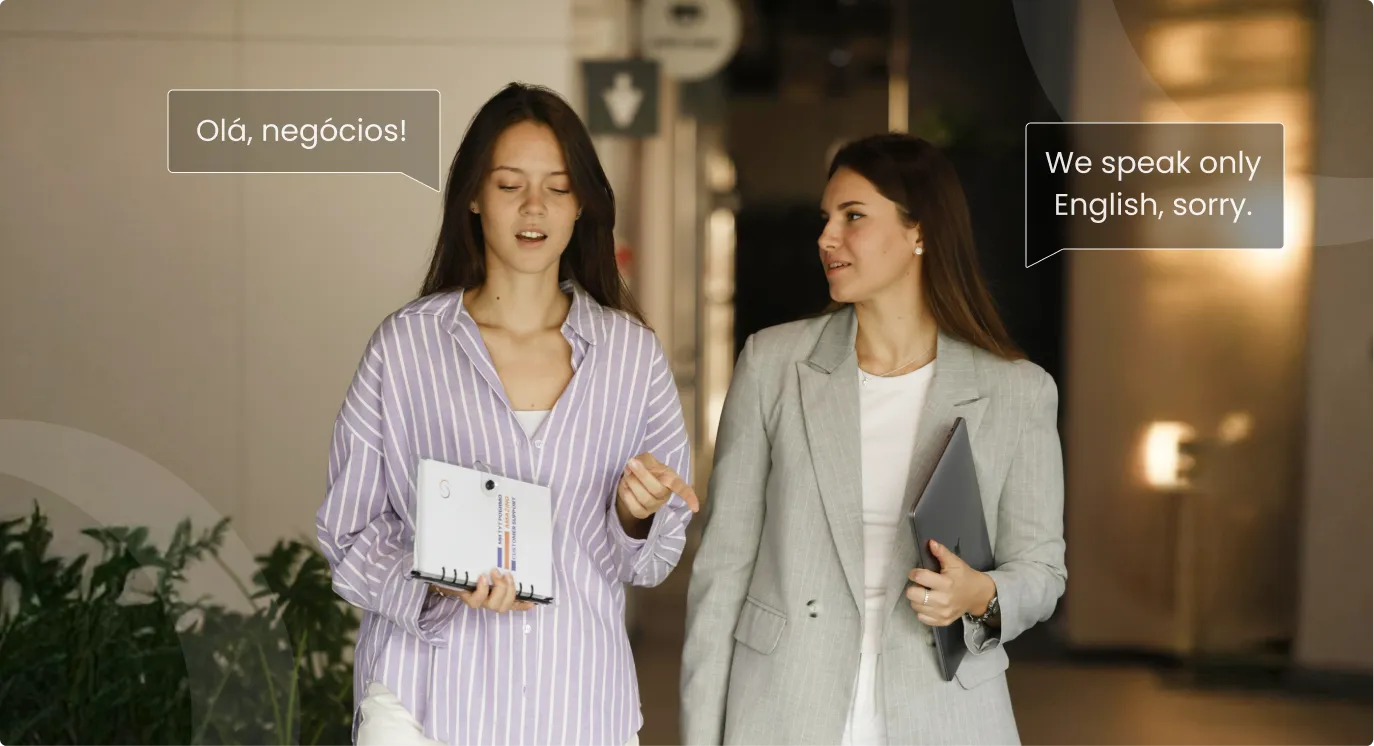



.webp)












